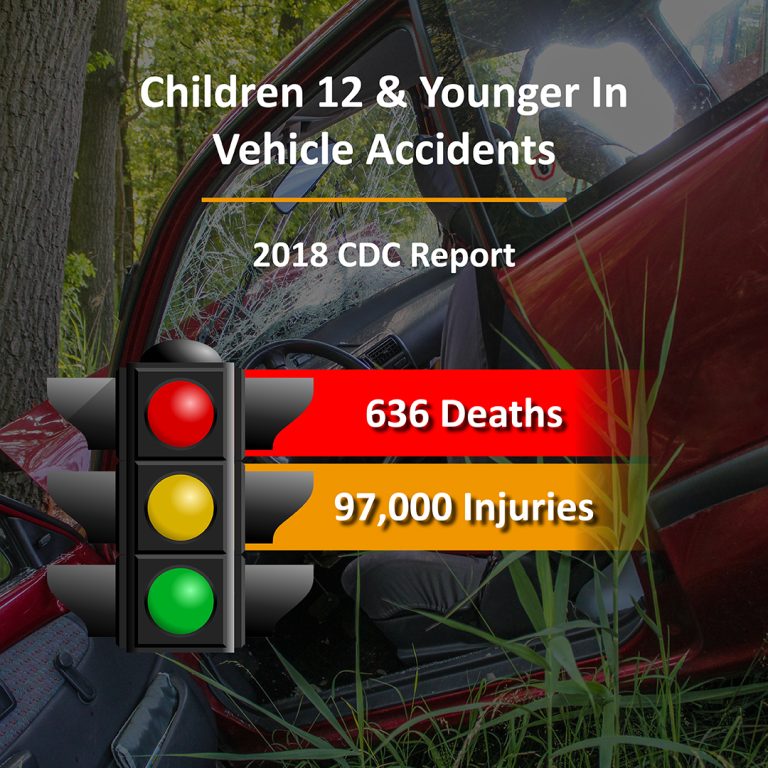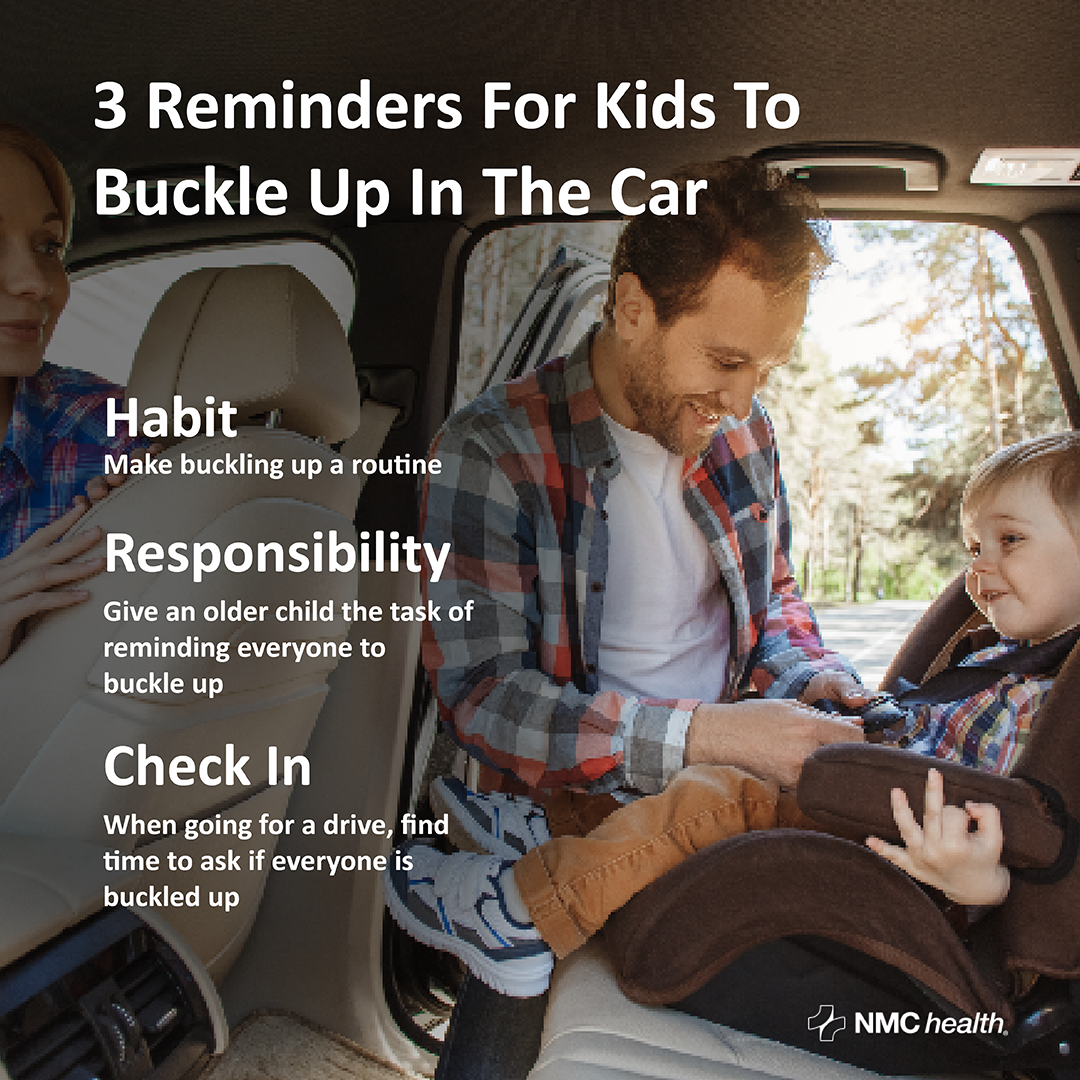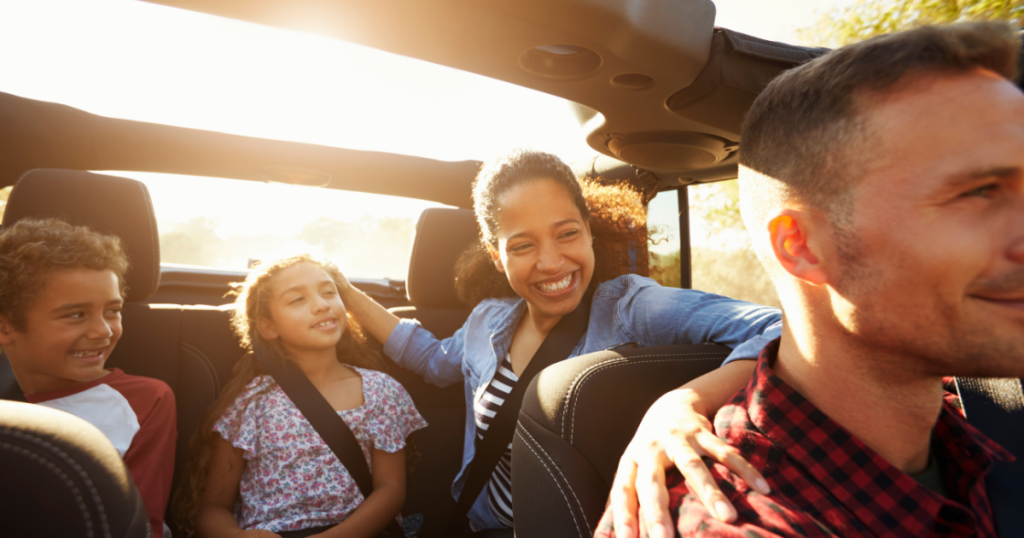You day starts off routine. Get the kids, get out the door. Little did you know as you rushed out of your driveway, one of your kids still wasn’t buckled up. No big deal, right? Wrong. You continue out your driveway and disaster strikes. Your unbuckled child in the back seat is tossed around and is thrown out of the car.
Did you know the leading cause of death for children is car accidents. Nearly 2-in-5 deaths are a result of the child not being buckled up.

Preventing A Catastrophe
You can’t always prevent a car accident, but you can do everything in your power to keep your family safe in the vehicle.
- Be the example. Safety starts with adults showing the importance of wearing their seatbelts and children being assessed for the proper vehicle restraint.
The National Highway Transportation Safety Administration (NHTSA) has a tool that helps you determine what kind of car seat is safest for your kids. Infant seat, rear facing, front facing, booster seat, or the built-in seat and seatbelt in your vehicle.
- Use it. Even with the right car seat being installed, there is still the issue of making sure it is in use at all times.
-
- Make it a habit to buckle up. The routine will become second nature for you and your passenger.
- Give an older child the task of reminding everyone to buckle up. This shares with them some responsibility, which they can find gratifying.
- Check in several time with your passengers and make sure they are buckled up.
- Check yourself and passengers immediately after a car crash. It might seem like second nature, you are in a car crash and the first words out of your mouth are “is everyone okay?” but this is a very important step. If you are in a car crash, ask everyone these questions:
- “are okay?”
- “does anything hurt?”
- “Did anything hit your or did you bump into anything in the car?”
Sometimes the extent of injuries isn’t immediately known so be sure to check in with your passengers until help arrives.
Click here for the next steps you should take.

- Replace damaged car seats. If you are in a significant car crash, your child’s car seat will need to be replaced. NHTSA says a car seat should only be reused if the accident is minor and provided this check list:
- The vehicle was able to be driven away from the crash site.
- The vehicle door nearest the car seat was not damaged.
- None of the passengers in the vehicle sustained any injuries in the crash.
- If the vehicle has air bags, the air bags did not deploy during the crash.
- There is no visible damage to the car seat.
NMC Health is here to help!
NMC Health is dedicated towards the safety of our patients and community. Our Family Birthing Center offers training to all new parents on car seat installation and best practices. If you are an expecting parent, you can sign up for our classes here.
Be sure to look at our social media pages and events section for free car seat check lane events we host throughout the year.
Sources:
Car Seat Use After Crash, NHTSA
Child Passenger Safety Week, United States Department of Transpiration


